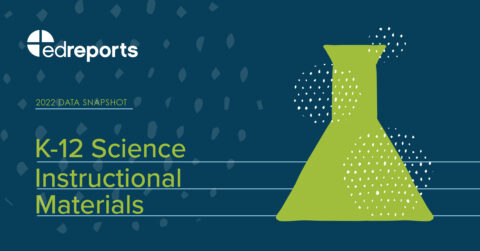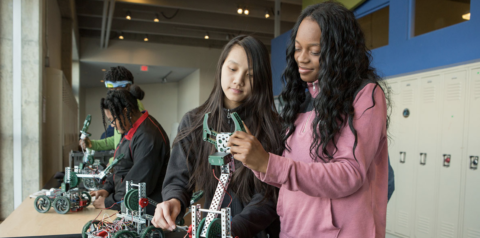Why I Review: I Have the Power to Shape Current and Future Instructional Materials
High school science educator Katie Miller shares why she’s committed to look beyond the needs of her school and toward the opportunity and charge to improve science education for all students, all teachers, and all schools.
Related Resources
article
3 Ways to Know if You’re Using Quality Science Materials
Science educator Lacey Wieser shares three ways to identify if you’re using high-quality science materials in your classroom.
article
Data Snapshot: K-12 Science Instructional Materials (2022)
Learn more about the availability and use of high quality K-12 science curriculum in this new report.
article
5 Common Questions Teachers are Asking About NGSS-Designed Science Materials
The Next Generation Science Standards challenges how science was taught for decades. K-12 NGSS Teacher Morgan Martin answers common questions teachers are asking about making the shift to the NGSS Framework.


